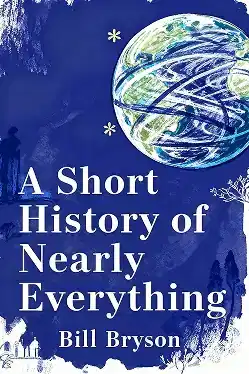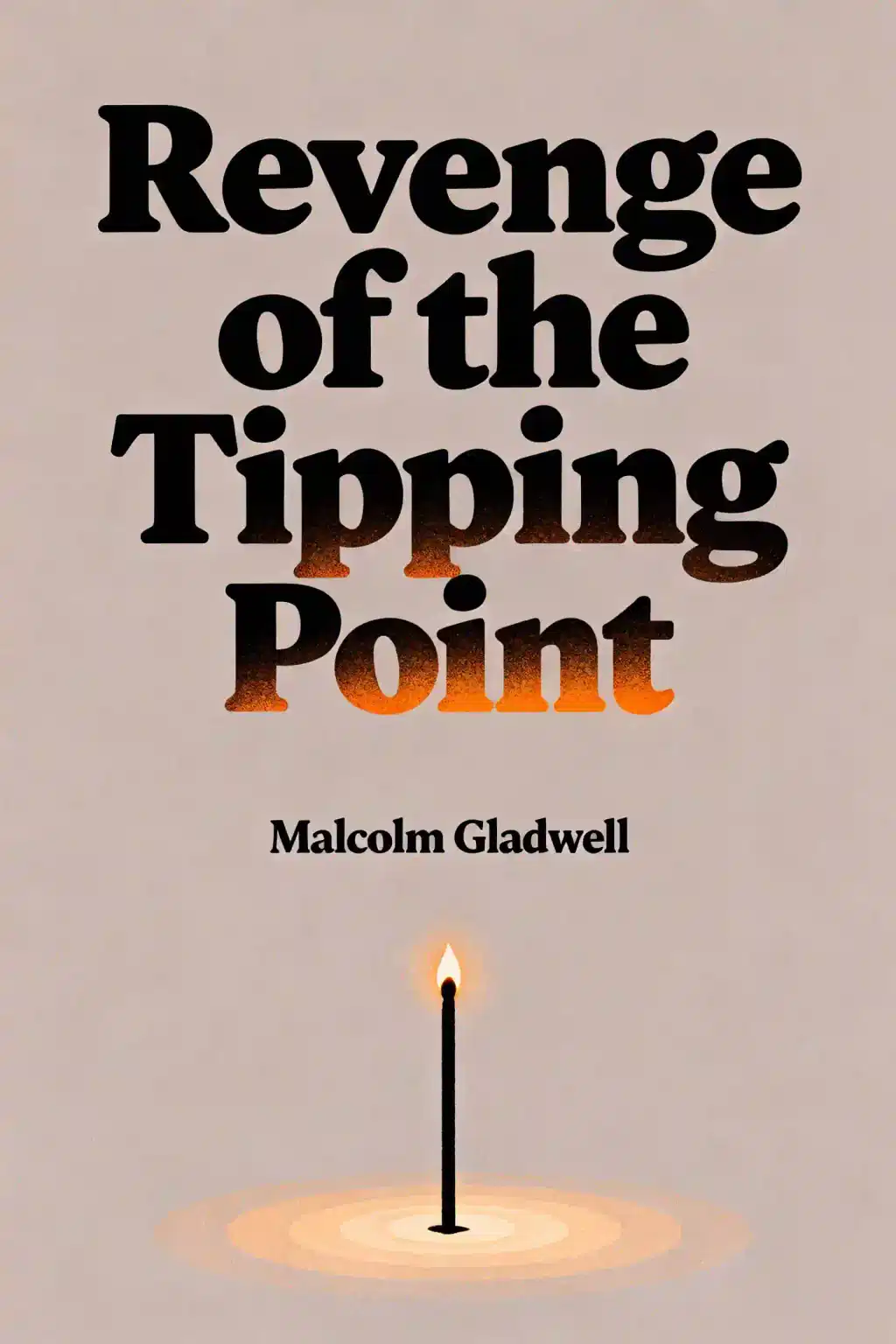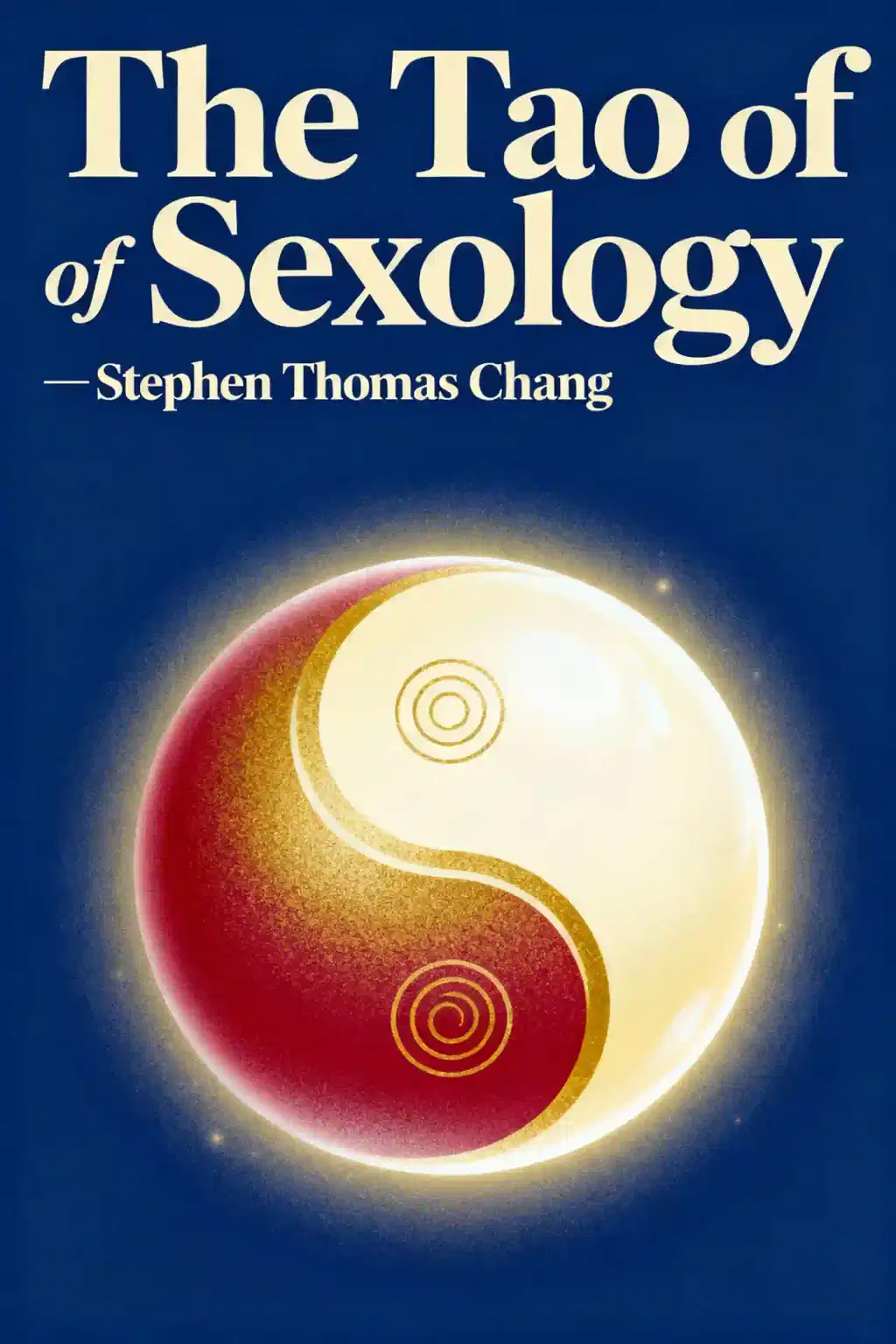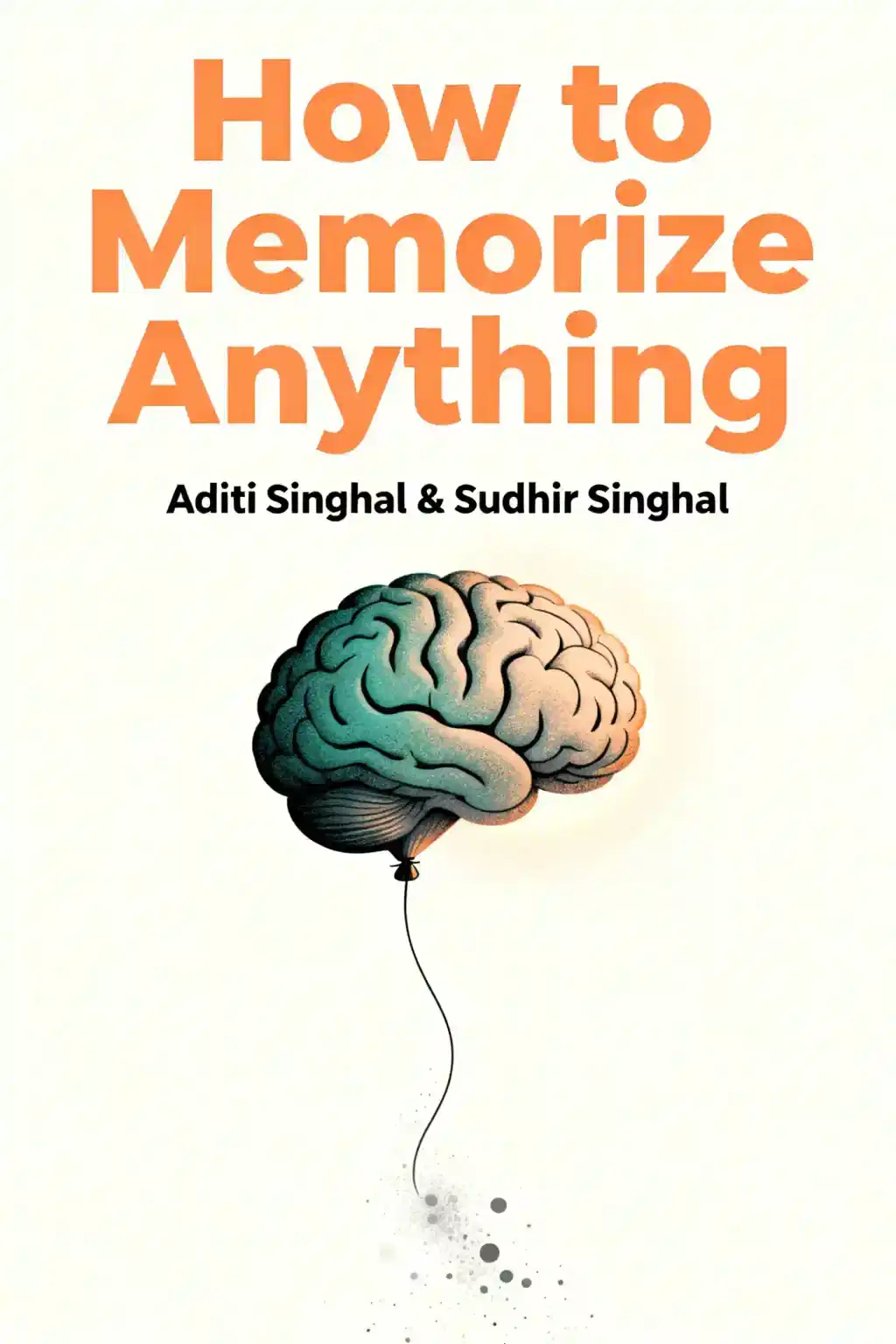What is
A Short History of Nearly Everything about?
A Short History of Nearly Everything by Bill Bryson explores the origins of the universe, Earth, and life through accessible scientific storytelling. It spans topics like the Big Bang, quantum physics, evolutionary biology, and geology, emphasizing humanity’s ongoing quest to understand existence. Bryson blends humor with insights into historical scientific breakthroughs and the eccentric scientists behind them, demystifying complex concepts for general readers.
Who should read
A Short History of Nearly Everything?
This book is ideal for curious readers seeking a engaging introduction to science without technical jargon. It appeals to those interested in cosmic history, scientific discovery anecdotes, or anyone who enjoys Bryson’s witty, conversational style. High school/college students and casual science enthusiasts will find it both educational and entertaining.
What are the main scientific concepts covered in the book?
Key themes include:
- The Big Bang and universe formation
- Earth’s geological evolution
- The rise and extinction of species
- Quantum mechanics and particle physics
- The role of chance in cosmic and biological development
How does Bill Bryson simplify complex scientific ideas?
Bryson avoids dense terminology, using analogies, humor, and historical anecdotes to explain concepts like relativity or plate tectonics. He highlights scientists’ personalities and rivalries, making abstract ideas relatable. For example, he compares the solar system’s vastness to a misrepresented textbook diagram.
What critiques exist about
A Short History of Nearly Everything?
Some readers find Bryson’s humor overly smug or repetitive over 500+ pages. Critics note the tone rarely varies, which can feel exhausting despite the fascinating content. Others argue the book’s breadth sacrifices depth in specific fields.
Are there adaptations of the book for younger readers?
Yes. A Really Short History of Nearly Everything (2008) condenses the original for ages 9–12. It uses simplified language, illustrations, and fun facts to explore atoms, dinosaurs, and Earth’s formation, fostering early curiosity about science.
How does Bryson address gaps in scientific knowledge?
He frequently underscores how much remains unknown, celebrating unanswered questions as part of science’s allure. For instance, he discusses mysteries like dark matter, extinct species’ behaviors, and the improbability of human existence.
What iconic quotes or lessons stand out?
Notable takeaways:
- “We live on a planet that has just the right conditions for life—a statistical miracle.”
- “Science isn’t about knowing everything; it’s about curiosity and incremental discovery.”
These emphasize humility and wonder at humanity’s place in the cosmos.
How does this book compare to other popular science works?
Unlike niche titles like A Brief History of Time, Bryson’s book offers a wider scope with a narrative focus. It’s less technical than Stephen Hawking’s works but shares Simon Singh’s knack for storytelling. Ideal for readers prioritizing breadth over depth.
Why is
A Short History of Nearly Everything still relevant today?
It reminds readers that scientific understanding evolves, addressing modern debates like climate change and AI ethics through historical context. Bryson’s emphasis on curiosity aligns with current STEM education goals.
What makes Bill Bryson qualified to write about science?
Though not a scientist, Bryson’s research-intensive approach earned accolades like the Aventis Prize (2004). He collaborates with experts to ensure accuracy while maintaining an everyperson’s perspective, bridging academia and public understanding.
Are there companion materials or sequels to this book?
No direct sequels exist, but Bryson’s The Body: A Guide for Occupants (2019) applies a similar style to human biology. Teachers often pair the book with PDF guides for classroom use, focusing on key chapters for science curricula.




















